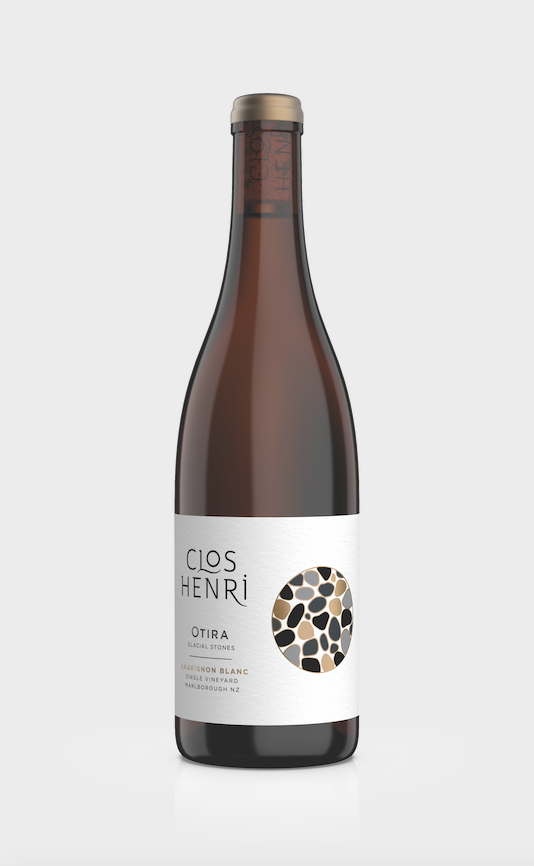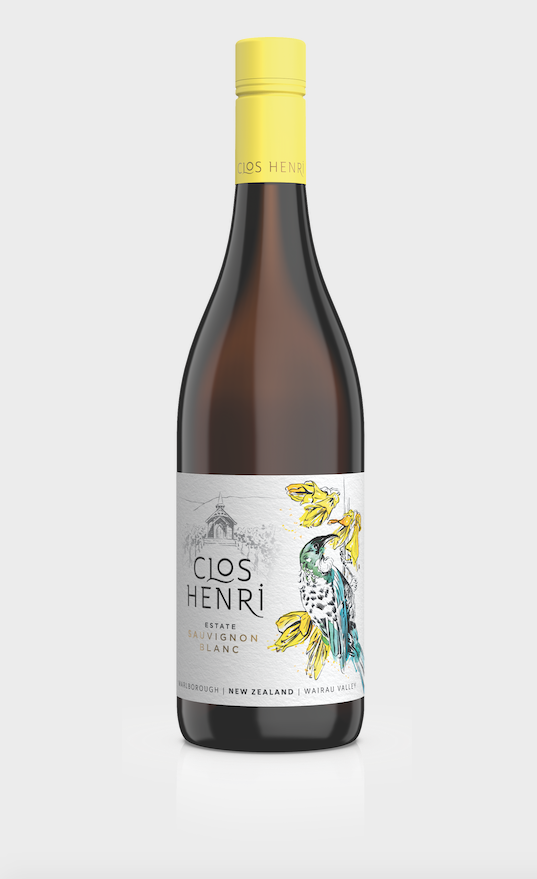In Search of the Great White
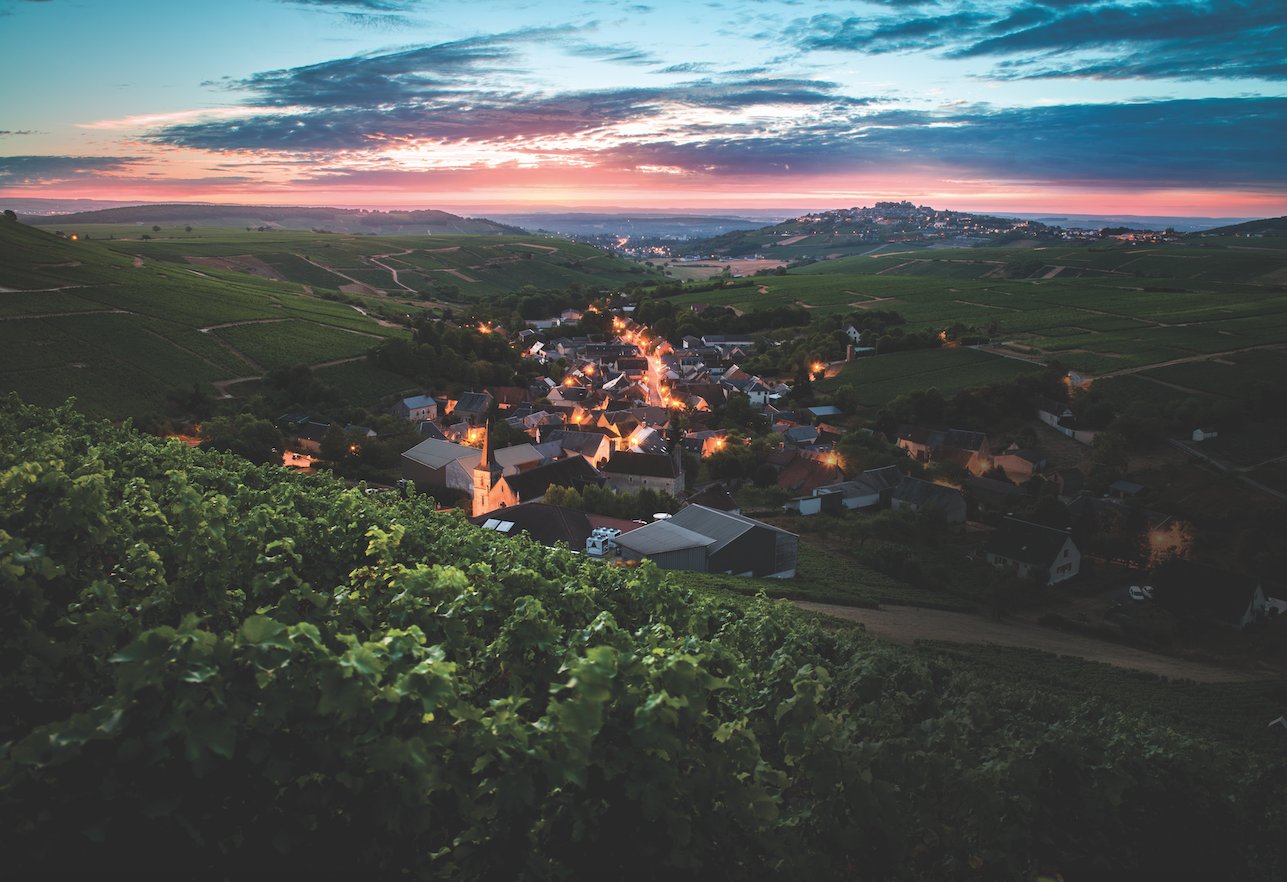
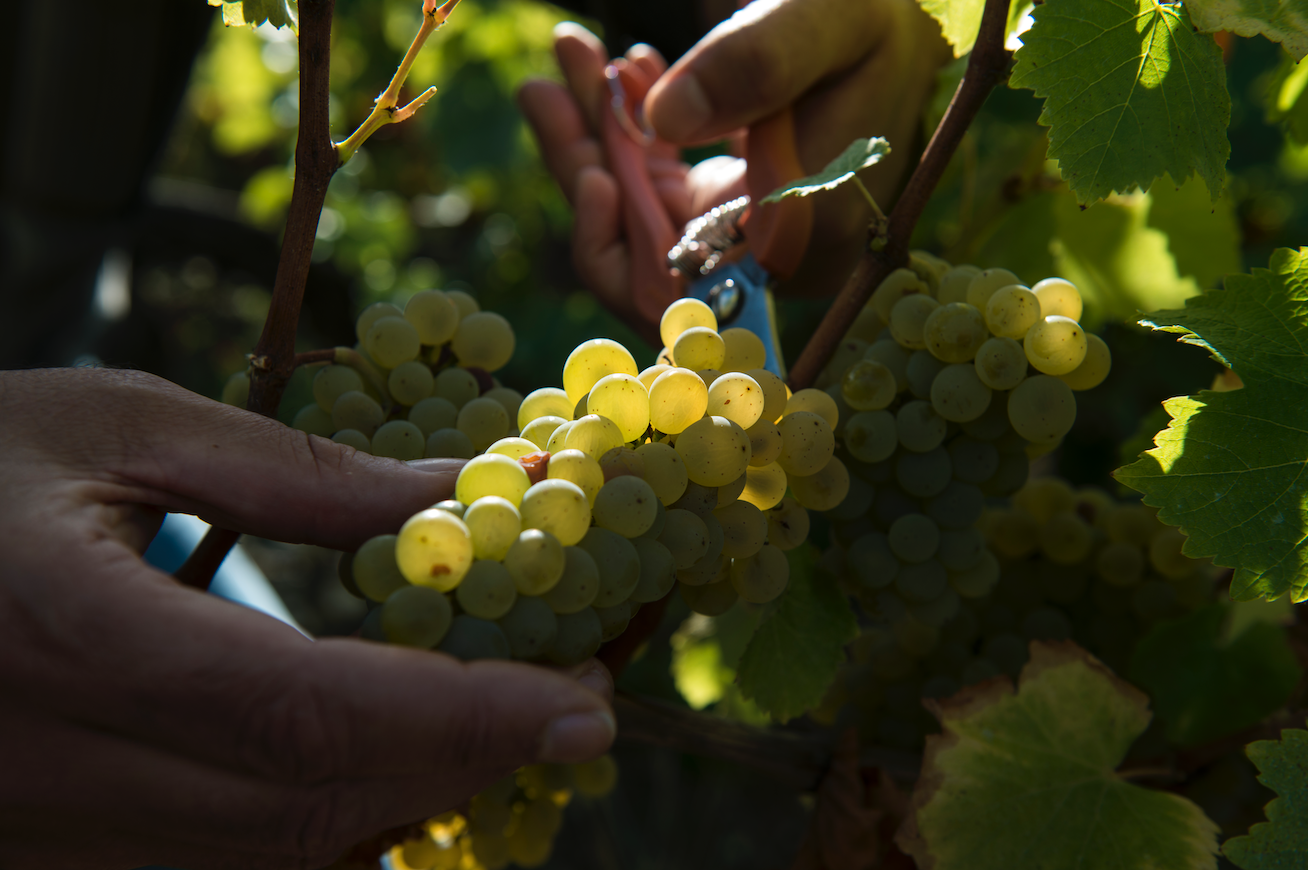
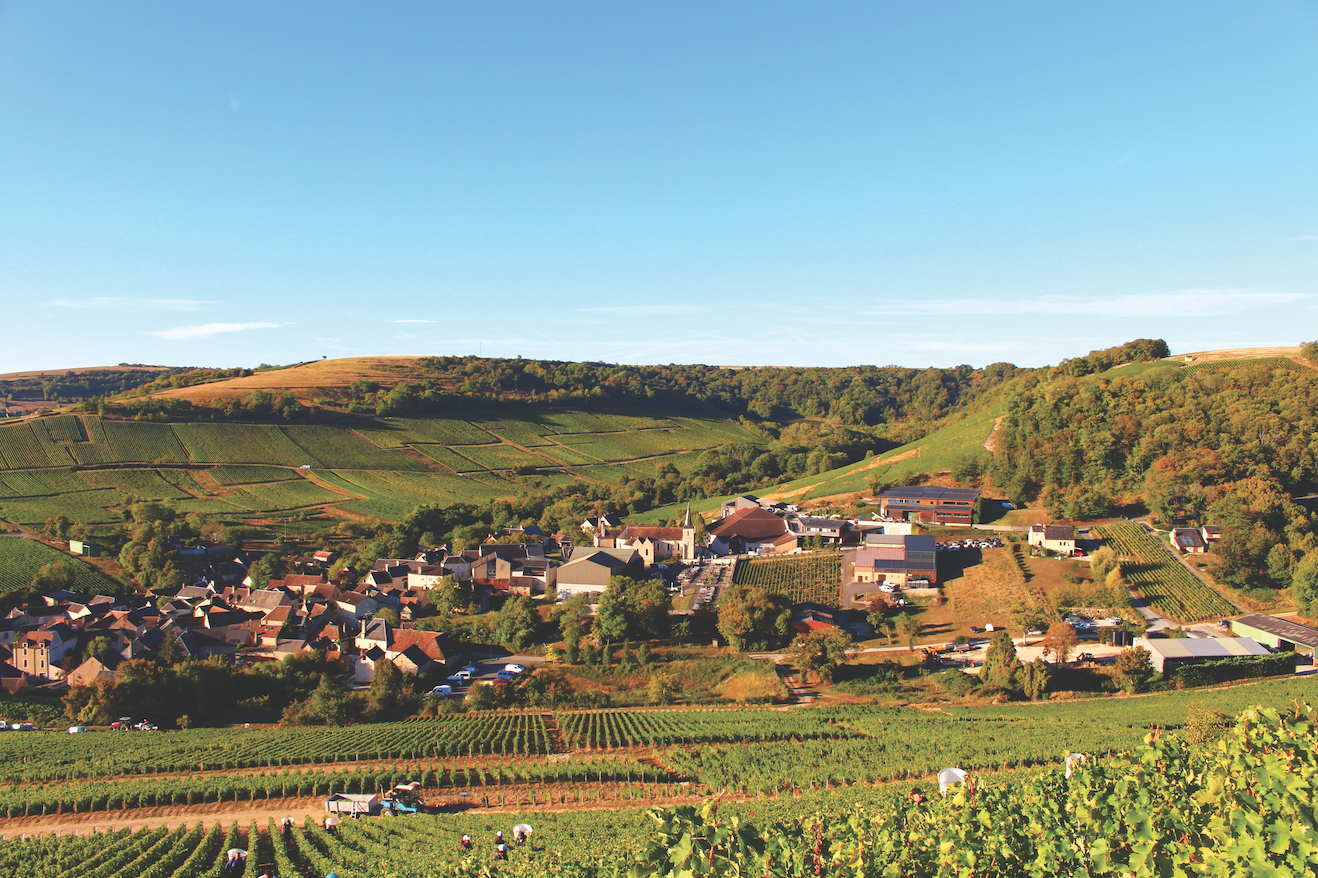
The two greatest areas for growing sauvignon blanc are the Loire Valley in France and the Marlborough region in New Zealand. They are so different from each other yet share the limelight when expressing the greatness of sauvignon blanc. The Bourgeois family know this intimately well as one of the leading lights of sauvignon blanc production on both sides of the globe.
The Bourgeois family has deep roots in the Loire Valley, more specifically their hometown of Chavignol, the epicenter for the production of Sancerre and its great white sauvignon blanc. The family has been farming here since 1696 for 10 generations. Long ago, vignerons also had to grow other crops on their farms along with animals in order to make a living. Sauvignon blanc and Sancerre were not yet famous until after World War II, when a thirsty population of Parisians became hip to a new wine known as Sancerre. The Bourgeois family benefited directly from this boom, in fact one of Arnaud Bourgeois sisters went to live in Paris and became almost an ambassador for the family’s wines there. This led to an expansion of the vineyards which began as only 2.5 hectares of vine to a total of about 75 hectares between the vineyards in Sancerre and Pouilly Fumé. This newfound market also gave them the ability to study each of the different terroirs within Sancerre.
Arnaud is one of the three family members who lead the family enterprise along with Lionel and Jean-Christophe. He explains the three major soil types of the area. The first is flint, also known as silex, there is also chalk or les caillottes, and then there is clay or les terres blanches. There is also some Kimmeridgian marl in the less desirable areas. But these soils give an undeniable essence of terroir through sauvignon blanc that makes Sancerre so unique. The philosophy at Domaine Henri Bourgeois is elegance, complexity and finesse. Arnaud believes 80% of the quality starts in the vineyard; the vineyards are organically certified, and they also employ biodynamics, but are not “controlled by it.” In the winery, which was built in 2000, everything is gravity-fed, and each of the wines use only natural yeast fermentation, giving each wine the ability to express its own unique fingerprint on sauvignon blanc.
The 2022 Sancerre Les Baronnes comes from clay and limestone vineyards around Chavignol from vines aged 30 to 40 years old. This is a signature expression of Sancerre: fresh and light, vibrant purity, generous expression of fruitiness, flowers, herbs, along with minerals. The clay brings body and structure, or “muscle,” as Arnaud describes it. The limestone brings minerality and length. It is 100% stainless steel fermented and aged with no malolactic fermentation to retain acidity. The 2020 Sancerre d’Antan is a cuvee created in the ‘90s to reflect the old method of production and hails from vines planted in 1936. Fully fermented in old barrels, kept on the fine lees for one year with battonage, then bottled after the full moon (for clarification) with no fining or filtration. This wine is a completely different experience with more flint nuances, citrus, hints of nuts with a richer texture, which begs to be savored with each taste. It is so complex and more exotic, it is one of the best expressions of sauvignon blanc I have tasted this year.
The Bourgeois family’s passion and curiosity led them to New Zealand, where they purchased some land in 1999, but patiently studied the geology and soils before finally planting in 2001. They realized the tremendous potential of the area but also wanted to make sure that they represented the family’s true style and aesthetic
with their wines, “not too powerful, more grounded expression of sauvignon blanc.” To do this, they concentrate on keeping yields low to keep more intensity of flavor, better acidity and not too high alcohol. Here, the soils are very different: clay from the Broadridge soils, stones from Greywacke origin, and ochre soils fron the Wither series soils. They planted high density vines on low yielding root stock and green prune to intensify flavor. The 2022 Clos Henri Estate sauvignon blanc is “an expression of Marlborough with a French accent.” Juicy character with elegance, dry, complex, and a heady aroma of flowers, pomelo, and a touch of herbs. The 2022 Clos Henri Otira is another marvelous wine coming from a single stony vineyard which is dry farmed. The aromatics explode with layers of tropical and citrus fruit, pineapple, and mango with a juicy palate gushing with flavor, yet it maintains its balance and energy. All the Clos Henri vineyards are also organically farmed with some biodynamic treatment as well.
One taste, and you will see the purity in their wines. I ask Arnaud what he likes to drink when he is not drinking his family’s wines: “I have a very open palate. I will try anything as long as it elicits emotion.” Well Arnaud, your wines definitely do that for me.

